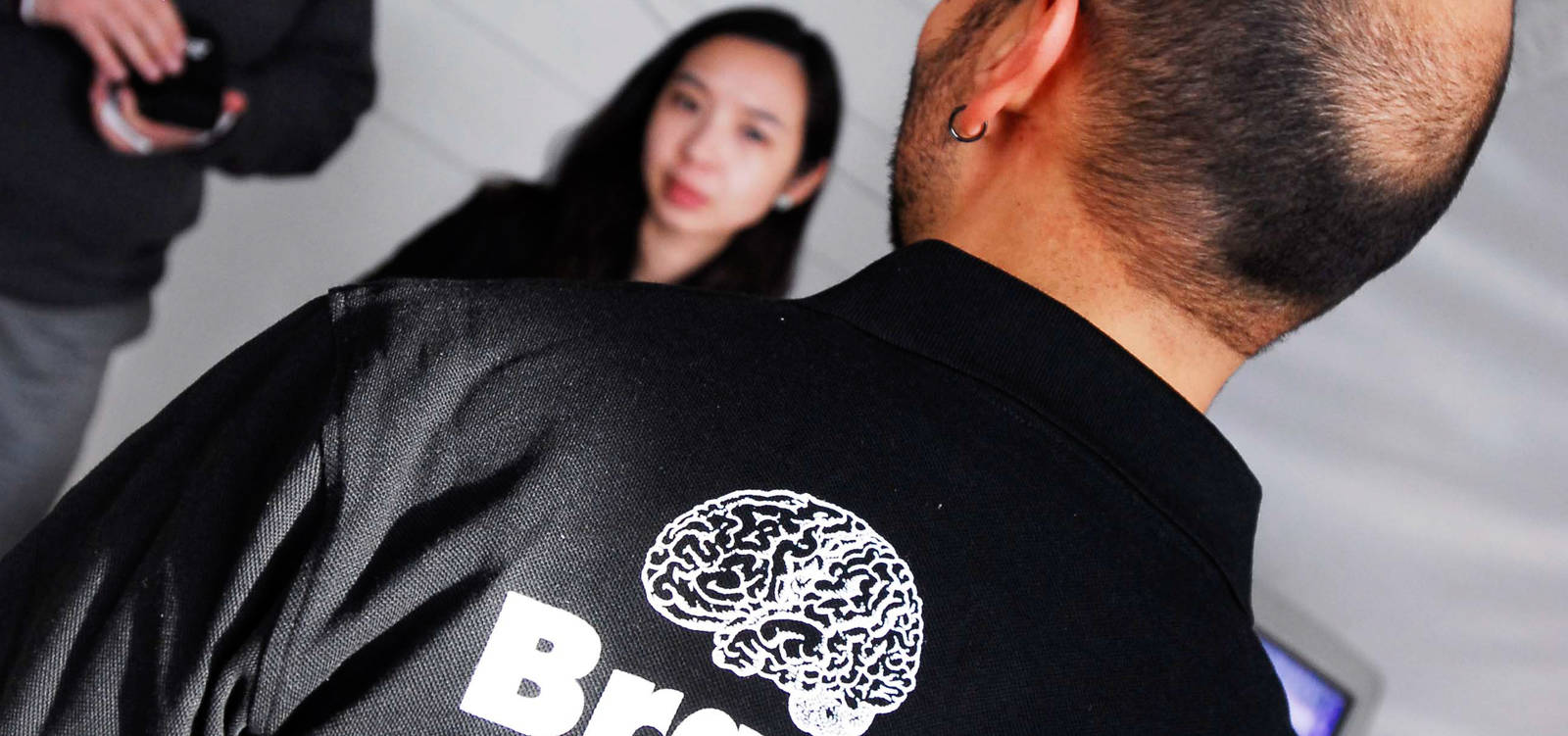Photographer / Videographer
The purpose of the pictures is to document the workshop steps (welcome, amassing, illumination, like, etc.) and the atmosphere at the workshop and capture visual results (e.g. flipcharts, play-doh or lego models).

Purpose
Your images will be a nice souvenir for the participants (we will share a collection online) - it's also a good catalyst to get buy in of the workshop results from people not attending the workshop.
The images can also be used to project during breaks or arrival time of the participants after breaks.
The customer and BrainStore can also use the images as good example for a nice workshop.
When to take pictures
Ideal moments to take pictures of participants are
- During arrival, departure and during breaks
- During the amassing phase you will find movement, focus, laughter, interaction and lots of light
- During the illumination phase you will find focus, concentration, serious discussions, often with little light
- During the like phase you will find smiles and critical minds
- During the idea selection you will find alertness
- During the road map phase you will find teamwork
There will be one moment for the group picture. You can find it in the workshop script. If it's not in the script yet, include it :-).
During the amassing phase please make sure that you have one good shot of every flipchart, drawing and 3D model the participants create.
Important
It's important that we have multiple images of every participant: the person working in a team and images of the person only.
Please don't focus only on the participants you find attractive :-).
Take sure everyone is on the group picture and everyone sees the lens. Take at least 8 or 9 group shots. This is not a popularity contest.
Tips
- Take pictures you'd like to look at
- Take many pictures from many different perspectives
- Take unusual pictures too, experiment (stand on a chair, kneel on the ground, go very close)
- When there is heavy movement try to move your camera too and see what happens...
- Please use landscape format for all images and not portrait format, ideally the aspect ratio is 16:9
- 90 degree and 45 degree angles are ideal to shoot
- Look at your pictures once in a while to check if they are okay
- Use RAW format - if your camera supports it - and the highest resolution on your camera.
- Experiment with the depth of field: low aperture settings, e.g. F 2.8 (big lens opening) lead - in general - to more interesting images than high aperture settings, e.g. F 16.
- Make sure you have a laptop/tablet to select your images and process them.